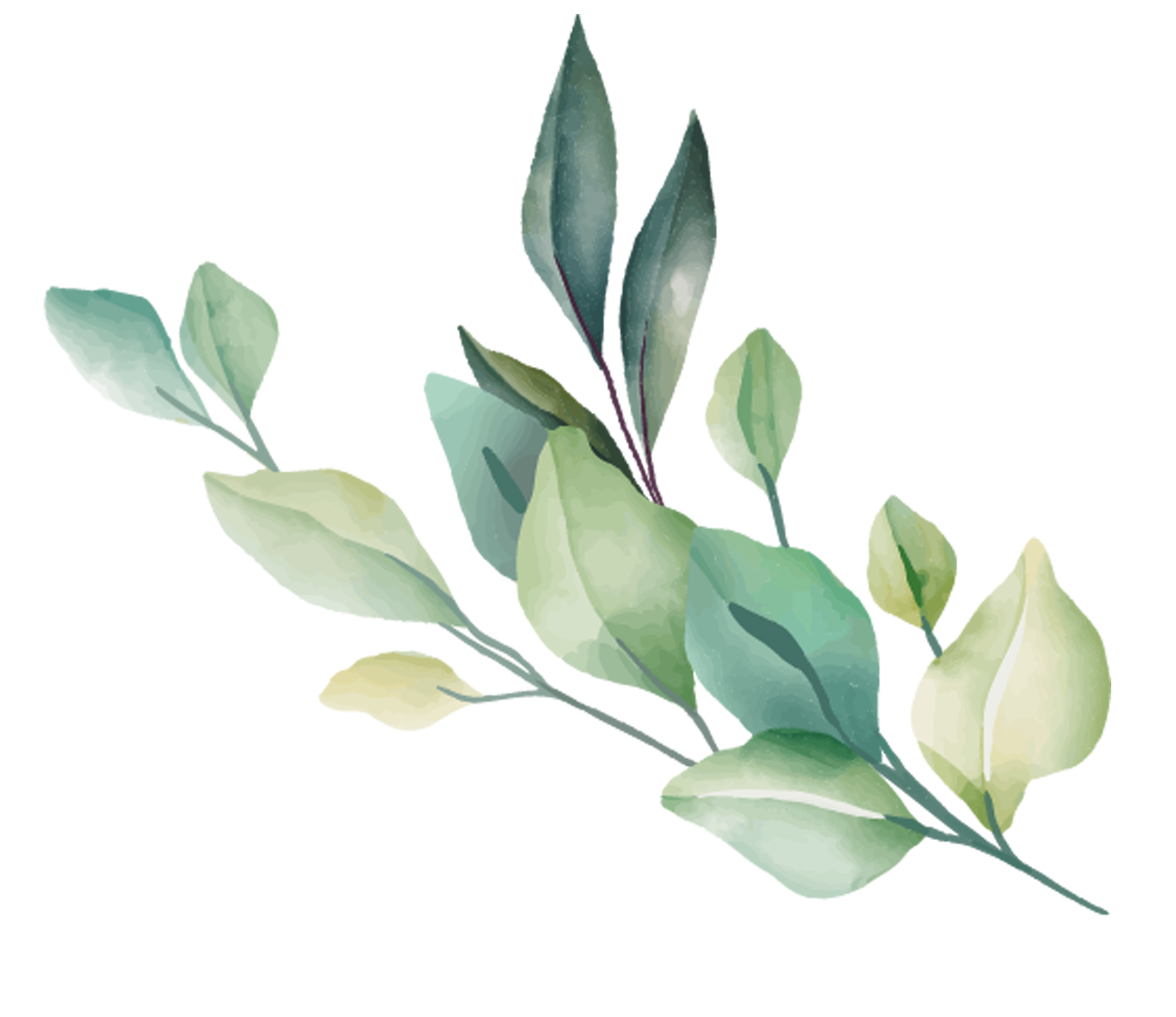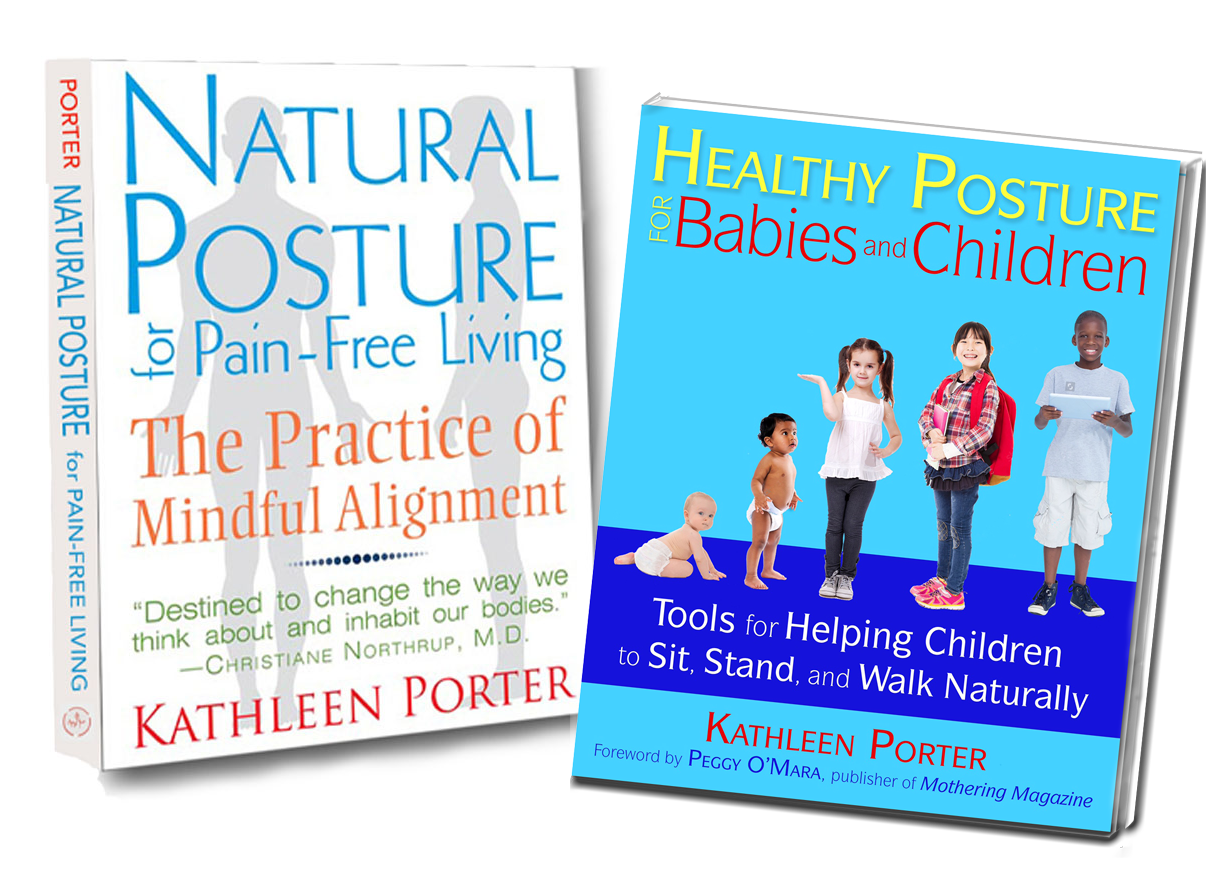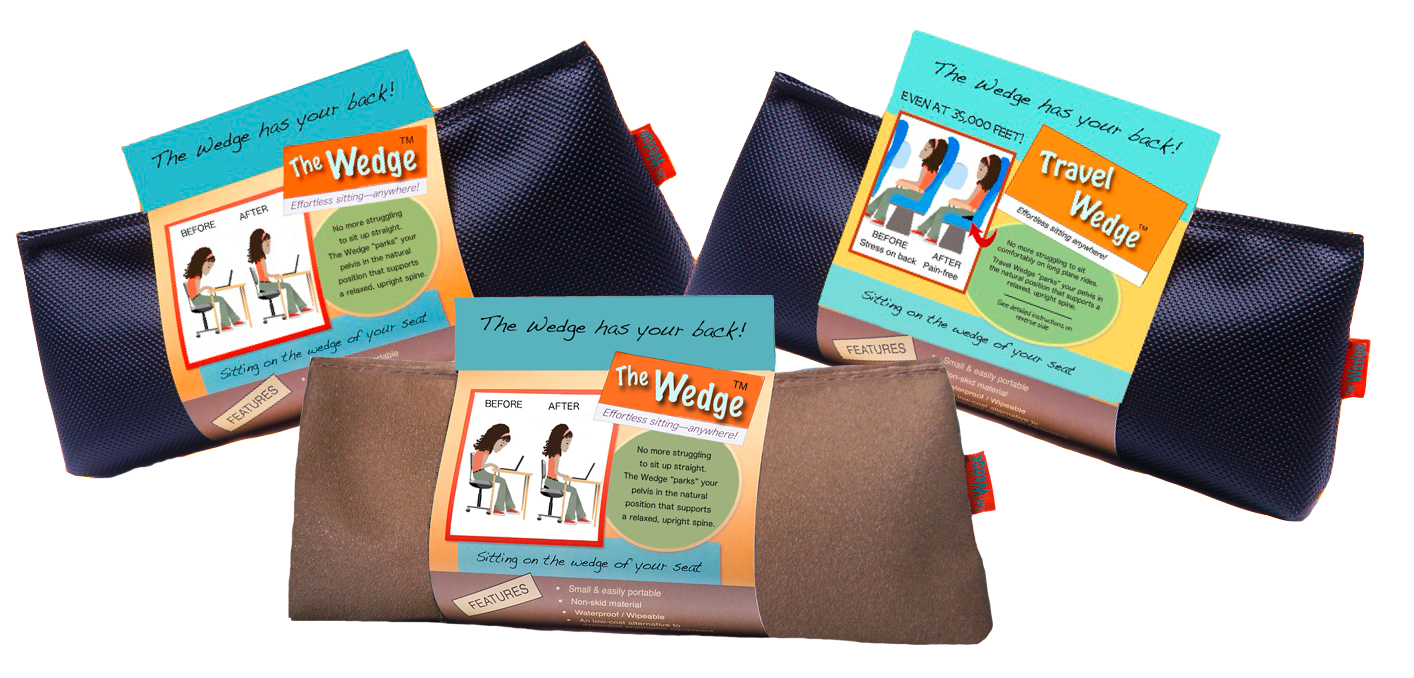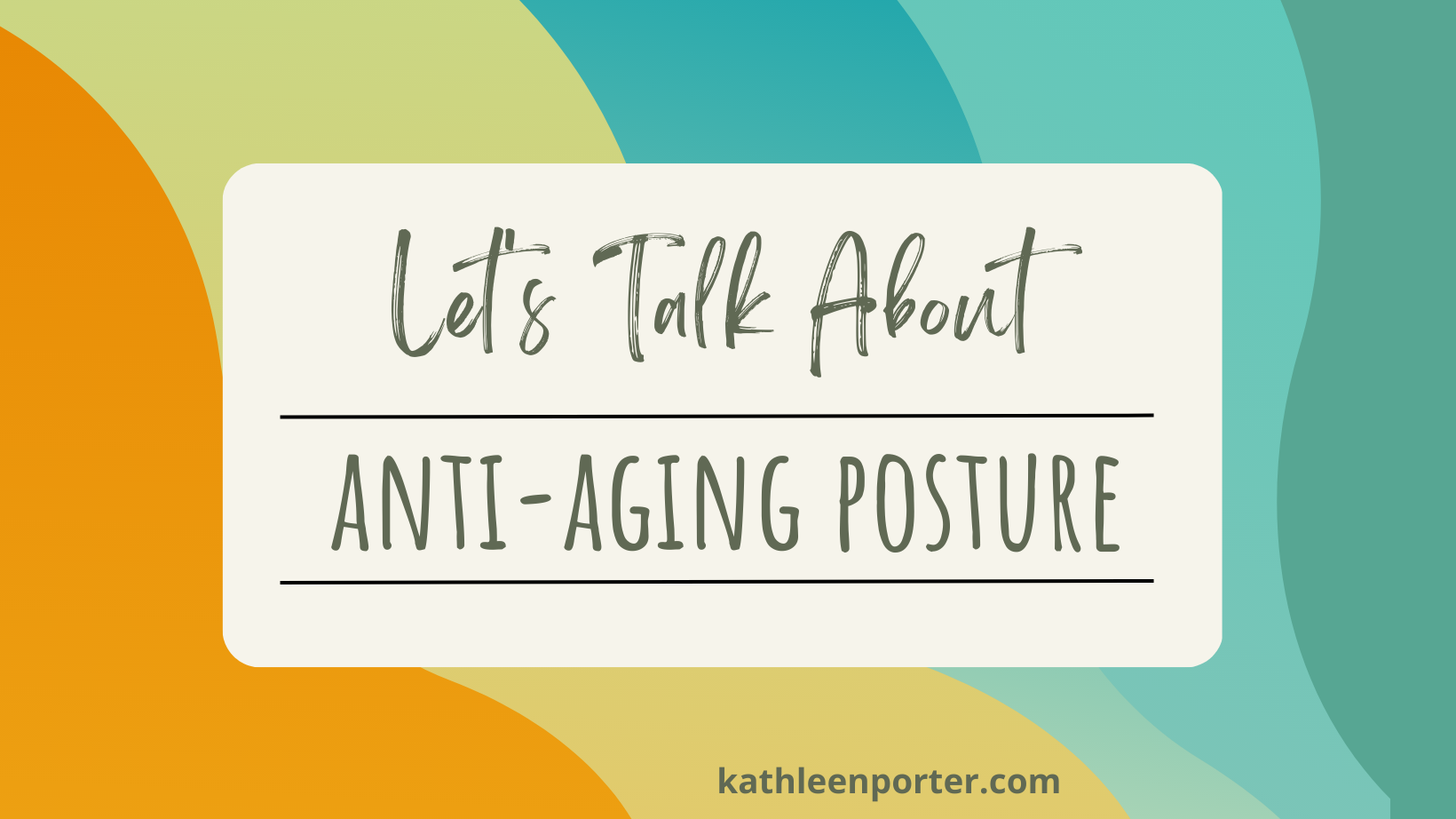Have you ever wondered . . .
why some people
stay naturally flexible and strong
into their 80s and 90s—
without stretching or strength training?
There's a clear and simple reason for this.
At age 79, I'm lucky beyond measure
to be living this!
Get started right now by learning
what natural alignment IS—and why it matters so much
with this
richly illustrated FREE guide
( You can be reading it minutes from now : )

"Kathleen's work, to me, has been personally transformative."
I am a family physician treating my share of patients with back and neck pain, osteoporosis, and dysfunctional labor . . . Kathleen Porter's observation of peoples around the world
who retain their natural alignment, relaxation, and movement is a clear window into
the healing of the chronic pain syndromes of our culture.
Leah Morton, M.D.
Santa Fe, New Mexico

Hello! I'm Kathleen Porter
My wish for you is that you enjoy
the pain-free comfort,
flexible ease, and solid strength
that's waiting to be
re-discovered within you!
At age 47, I was a yoga teacher and massage therapist with an uncomfortable secret: I struggled with some of the same chronic pain issues people turned to me to help them resolve. The irony of this was too obvious to ignore, and my hypocrisy only added to the pain I was already experiencing.
Everything changed when I learned about Jean Couch, who taught something she called "Balance"—based on the work of her mentor, Noelle Perez of Paris. On my first trip to meet Jean in California, she guided me to rediscover a profound peace that had remained mysteriously inaccessible to me for many years. Thus began a succession of trips to California to study with Jean whenever I was able.
What I learned changed everything I thought I knew about how our bodies work.
For years, I had followed along with our fitness culture's core belief: stretch tight muscles and strengthen weak ones. This unquestioned approach is now firmly entrenched as a national pastime, even as countless people injure themselves while applying these goals to why and how they exercise. 'Exercise' provides a boatload of benefits, but HOW we exercise (or simply move our bodies) determines the ultimate benefits in the long run.
The transformation is a big one!
Over thirty years later, after writing several books on this subject, teaching thousands of people via classes and workshops, and creating online courses, I’ve never tired of witnessing people shed years of discomfort and overexertion when they reclaim the fluid, comfortable movement that is every human's birthright.
Today at 78, I move with more ease and flexibility than I did in my 20s, 30s, or 40s—not because I exercise or stretch a lot, but because I learned how to move and work with my body's design instead of against it.
This is what I want to share with you: not just relief from stiffness or pain that is available to you when you learn how to be supported by your bones, but the complete transformation in how you experience living in a far more relaxed and comfortable body that defines not just how you feel today, but how you will age tomorrow. You won't want to delay learning to apply this to yourself, as 'unwinding' years of misalignment and tension can be more intensive and challenging as the years pass.
Once you learn the easy-to-follow rules, your journey moves from struggle to ease, from muscle compensation to bone-deep strength, from holding yourself together with muscle tension to experiencing the easeful, natural strength that resides within you. Once you experience the aligned support of your bones, you discover that it's now finally safe to relax fully—without collapsing.
Your body remembers this wisdom. It's waiting for you to come home to yourself.
Learn how to be a happy, healthy skeleton
that serves you well for a whole lifetime!
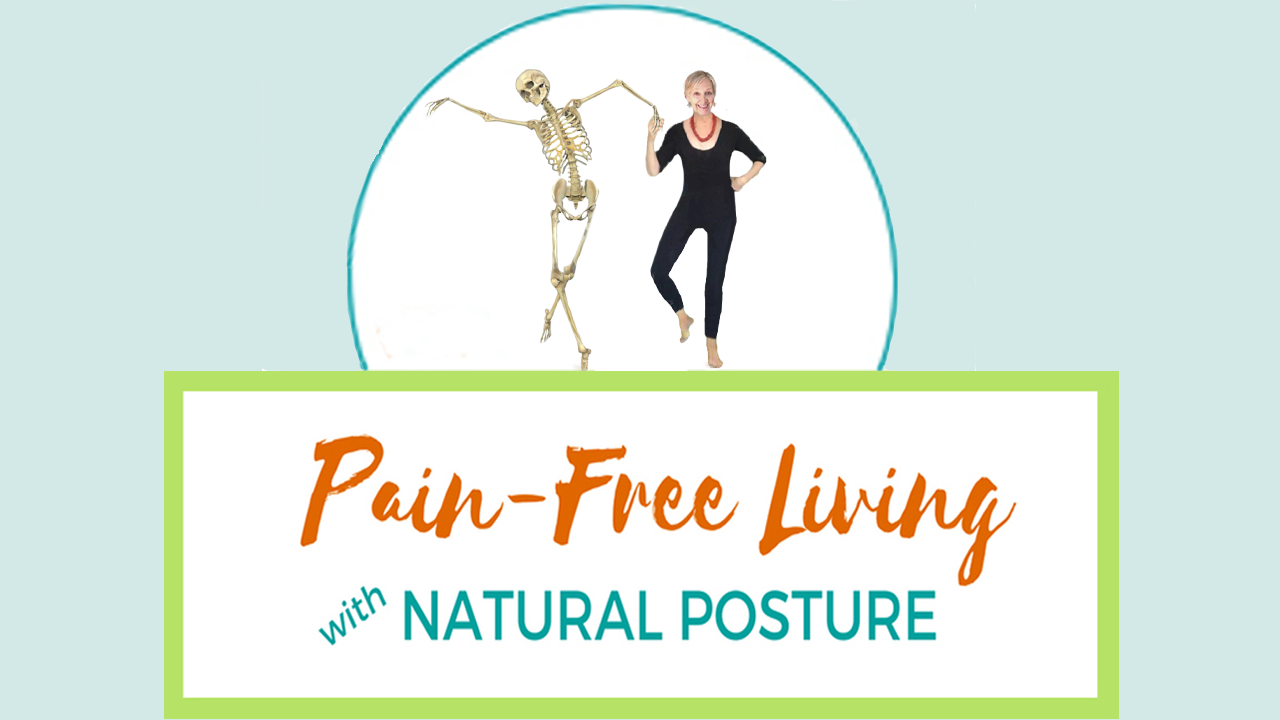
Pain-Free Living w/ Natural Posture
is a richly illustrated self-study video course that guides you through rediscovering the forgotten blueprint that resides within you. You'll learn how to sit, stand, bend, walk, lift, carry, reach, lie down to rest or sleep . . . and apply these basics to how you play sports, hike up a mountain, or rake leaves — everything you do all day long.

"Repositioning my bones brings an immediate feeling of relief and relaxation."
Daniela Gitlin, M.D.
Plattsburg, NY
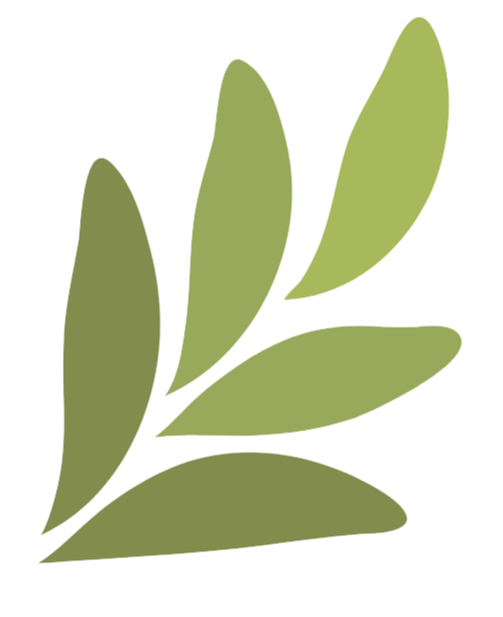
"I have been feeling enormous release from my chronic pain."
Nancy Cavenaugh,
New York, NY
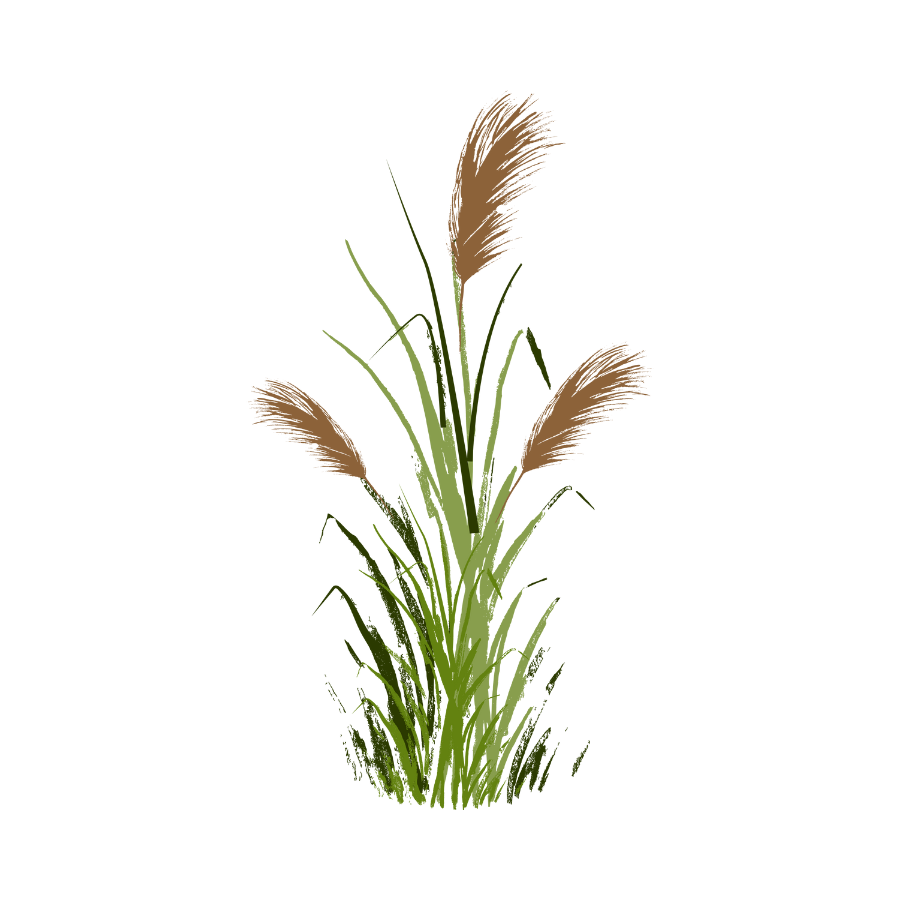
"Excellent!
The biomechanics of this course made it the best!"
John Metcalf, M.D., Ph.D.
Pittsburgh, PA
Books and Sitting Wedges to Support Your Alignment Journey
Natural Posture for Pain-Free Living
The Practice of Mindful Alignment
"Never before in the world of fitness has there been a more readable, ground-breaking, or seminal book than Natural Posture for Pain-Free Living. Through this revolutionary book, Kathleen Porter is about to rock your world!"
Jean Couch, Founder and Director of the Balance Center; Co-author of The Runner's Yoga Book
Healthy Posture for Babies and Children
Tools for Helping Children to Sit, Stand and Walk Naturally
"Human beings of every age can benefit from this book. Our eyes marvel at Porter’s outstanding photos, as our bodies adjust, relax, and align with these easy-to-use tools. Healthy Posture for Babies and Children is a treasure—beautiful, practical, and inspiring."
Sonia Story, Creator of Brains and Sensory Foundations
Learn more about Kathleen's books and sitting cushions.
Sorry to say . . .
Due to cost-cutting measures, Inner Traditions, the publisher of Natural Posture for Pain-Free Living, now prints this book in black and white. Regrettably, this has greatly diminished the impact of the many beautiful and instructive color photographs and illustrations.
I recommend:
-
The Kindle version viewed on a color screen (iPad or computer) if possible; or
-
A used copy of the original color print edition via online bookstore; or
-
The B&W printed edition, which is still far better than not reading this book at all! ; )
The Little Cushion that Does Big Things
Small enough to take along in your bag, The Wedge can be used in almost every sitting situation—in a chair, on the floor, in your car,
at a ball game, at the movies, on a plane—and, of course, while
working at a computer.
Filled with recycled rubber sand (regular Wedges) or buckwheat hulls
(our more light-weight Travel Wedges), these nifty cushions help keep your pelvis parked at its optimal natural angle for comfortable sitting.
A Wedge also makes a perfect gift for anyone who sits. 🤣
Get your FREE copy of my PDF Guide,
"Natural Alignment."
12-pages of richly illustrated details
that introduce you to essential information hardly anyone talks about.

